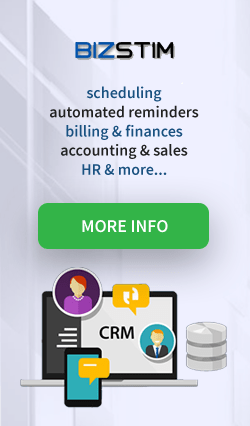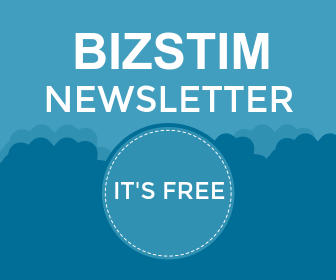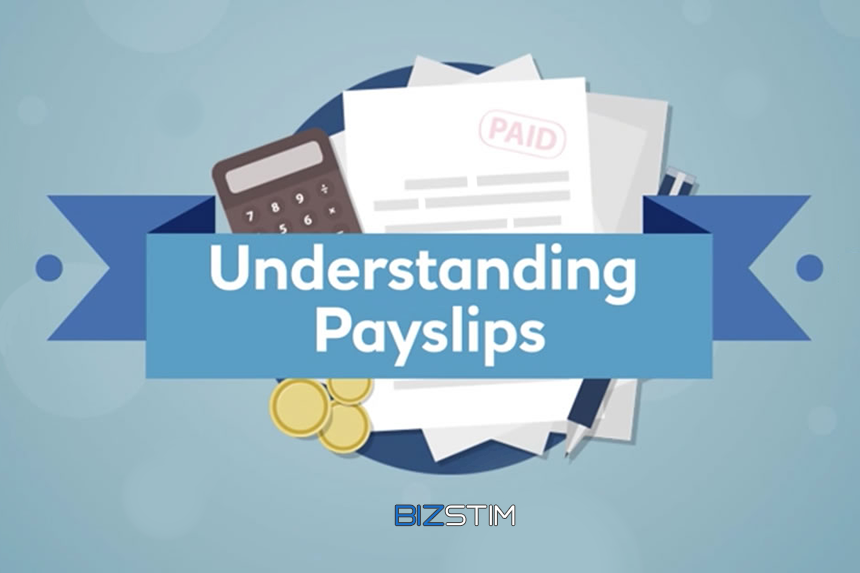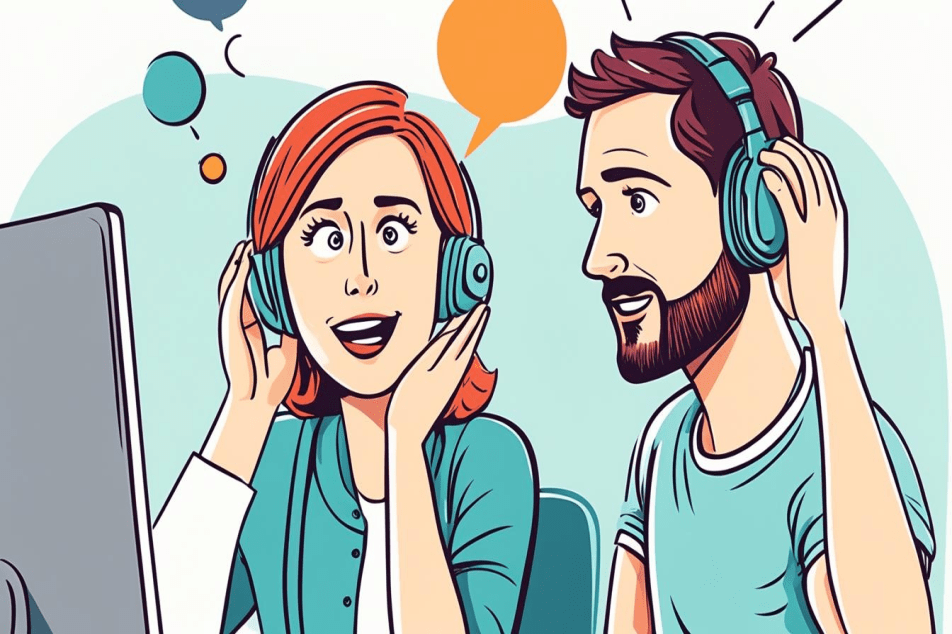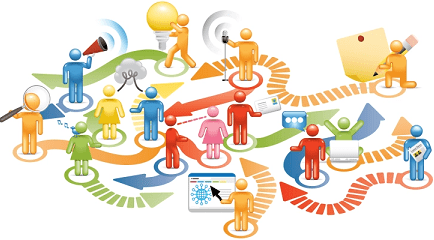
Welcome to the world of sales funnels! A sales funnel is a powerful marketing model that captures the journey a potential customer goes through - from initial interaction with your brand to making a purchase.
This process consists of several steps, which may vary per company, but it typically begins with a large pool of leads and narrows down to a smaller number of paying customers. The stages of a basic sales funnel often include awareness, interest, evaluation, negotiation and decision, sale, and renewal or repurchase.
Implementing a sales process can help you understand customer behavior, tailor your marketing efforts, align marketing and sales, save time, and optimize your messaging for maximum impact.
Delineating the Sales Funnel: The Journey from Lead to Customer
The sales funnel depicts the customers' journey, consisting of multiple stages that potential buyers go through, starting with a large number of possibilities and funneling down to actual purchases. Traditional stages in this funnel include:
- Awareness, where customers learn about the business
- Interaction, where engagement begins
- Interest, where prospects deliberate over offerings and services
- Action, leading to a completed sale
Throughout these stages, the likelihood of a sale increases as more information is exchanged, and customers find value in the products or services offered. Sales funnel examples indicate the path can include various marketing and sales efforts, including free trials, lead magnets like quizzes or eBooks, and email campaigns tailored to guide customers through each stage.
It is essential to emphasize that not all funnels result in a sale, and many businesses today optimize their funnels to reflect customer feedback and engagement across multiple platforms. This iterative approach enables organizations to adapt their strategies, leading to higher conversion rates and better overall performance.
| Sales Funnel Stage | Marketing Techniques | Goal |
|---|---|---|
| Awareness | Social media campaigns, content marketing, search engine optimization (SEO) | Introduce the brand to potential customers and create awareness of the products or services |
| Interaction | Webinars, blog posts, podcasts, live chat | Engage with prospects, answer their questions, and build relationships |
| Interest | Lead magnets, email marketing, retargeting ads | Help prospects identify their needs and nurture interest in the offerings |
| Action | Product demos, risk-reversal strategies, sales calls | Seal the deal by addressing any remaining concerns and finalizing the sale |
Understanding and optimizing each stage of the sales funnel is critical for businesses to maximize their marketing return on investment and foster long-term customer relationships. With a keen awareness of the steps leading from lead to customer, organizations can make more informed decisions and tailor their strategies to better suit their target audience's needs and preferences.
The likelihood of a sale increases as more information is exchanged, and customers find value in the products or services offered
Maximizing Your Funnel's Efficiency: Tips and Strategies
To improve the sales funnel, it is crucial to focus on three core strategies: analyzing audience behavior, capturing and nurturing leads with targeted content, and converting prospects into loyal customers. Here are some tips and techniques to make your sales funnel more effective:
Analyzing Audience Behavior to Enhance Engagement
Understanding your customer's pain points, expectations, and interactions with your company's digital presence is essential for targeting offers and capturing attention. Keep an eye on important metrics like user interactions on websites, bounce rates, and content consumption patterns to gain valuable insights. To help you analyze audience behavior, consider implementing the following practices:
- Identify the channels through which your customers are engaging with your brand.
- Segment your audience based on demographics, behavior, and interests.
- Track individual customer journeys from first contact to purchase and beyond.
- Use A/B testing to identify the most effective strategies for audience engagement.
Capturing and Nurturing Leads with Targeted Content
Drawing the audience's interest with rich media, like infographics, videos, and advertisements, is crucial for capturing leads. Once captured, it is essential to keep leads engaged by providing them with relevant, informative content. To achieve this goal, implement the following strategies:
- Create an effective landing page that gathers user data and guides prospects further along the sales funnel.
- Use a variety of lead generation tools, such as webinars and eBooks, to keep the top of your funnel populated with new prospects.
- Maintain relationships with existing customers by providing valuable content and nurturing them into repeat buyers.
- Develop powerful email campaigns that educate leads and address their needs, converting them into paying customers.
Converting Prospects into Loyal Customers
Converting prospects into loyal customers is the ultimate goal of a sales funnel. To achieve this, it is essential to fine-tune your sales approach as market conditions change and optimize marketing strategies continuously. Consider these techniques to retain customers and encourage repeat sales and referrals:
- Offer time-sensitive promotions and discounts to incentivize first-time purchases.
- Develop a post-purchase follow-up campaign to thank customers for their business and promote future engagement.
- Send personalized recommendations and tailored offers based on customer preferences to drive repeat business.
- Encourage satisfied customers to leave reviews and share testimonials, thereby promoting word-of-mouth referrals.
By implementing these tips and strategies, you can effectively maximize your sales funnel's efficiency and increase revenue for your business.
Conclusion: The Continuing Evolution of Sales Funnels
As the business landscape continues to evolve, so does the concept of the sales funnel. Traditional linear models are being replaced with more intricate and complex purchasing journeys. This shift has led to the development of the flywheel model, which emphasizes on customer experience, satisfaction, and referrals to drive business growth. However, the primary goal of sales funnels remains the same to convert prospects into delighted customers.
Adapting and refining your sales funnel for your specific business is essential. Leveraging data analytics and marketing automation tools enables you to better understand your audience and tailor your marketing efforts for maximum impact. By building strong relationships with your customers and focusing on their needs, you can achieve sustainable success in today's competitive market.
In conclusion, it is important to stay up-to-date with the latest trends and advancements in sales funnels to keep your business ahead of the game. By constantly analyzing and optimizing your funnel, you can ensure you are making the most of your marketing efforts and successfully guiding your prospects through the buying journey, ultimately converting them into loyal customers.
Are you thinking of implementing a sales funnel for your business?


